Physicochemical Analysis of Composites Based on Yellow Clay, Hydroxyapatite, and Clitoria ternatea L. Obtained via Mechanochemical Method
Highlights
- Mechanochemically made composites show safe composition and enhanced chlorophyll uptake;
- Particle sizes range from nano to micro, with stable structure confirmed by FTIR and SEM;
- Tunable pHpzc enables targeted sorption for water, cosmetic, and pharmaceutical uses.
Abstract
1. Introduction
2. Materials and Methods
2.1. Materials
2.2. Methods
2.3. Mechanochemical Synthesis
3. Result and Discussion
3.1. Toxicity
3.2. Chlorophyll Concentration
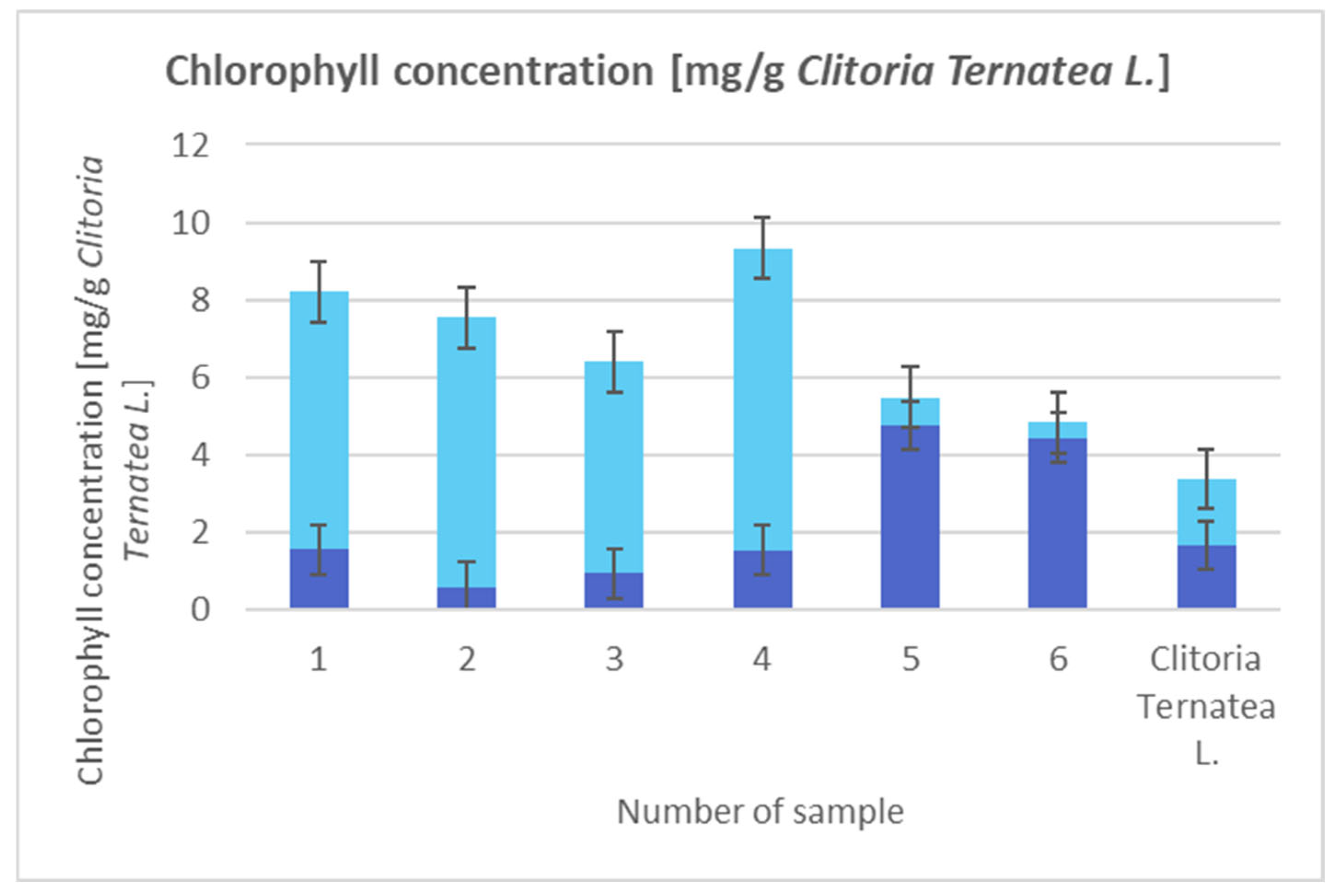
3.3. Particle Size
3.4. Surface Analysis
3.5. SEM-EXD
3.6. FTIR with KBr
3.7. Zeta Potential
3.8. Point of Zero Charge (pHpzc)
4. Conclusions
Author Contributions
Funding
Institutional Review Board Statement
Informed Consent Statement
Data Availability Statement
Conflicts of Interest
References
- Mounia, L.; Belkhirib, L.; Bollingerc, J.-C.; Bouzazad, A.; Assadid, A.; Tirrib, A.; Dahmounee, F.; Madanie, K.; Reminie, H. Removal of Methylene Blue from aqueous solutions by adsorption on Kaolin: Kinetic and equilibrium studies. Appl. Clay Sci. 2018, 153, 38–45. [Google Scholar] [CrossRef]
- Wang, W.; Yeung, K.W.K. Bone grafts and biomaterials substitutes for bone defect repair: A review. Bioact. Mater. 2017, 2, 224–247. [Google Scholar]
- Wu, L.-T.; Tsai, I.-L.; Ho, Y.-C.; Hang, Y.-H.; Lin, C.; Tsai, M.-L.; Mi, F.-L. Active and intelligent gellan gum-based packaging films for controlling anthocyanins release and monitoring food freshness. Carbohydr. Polym. 2021, 254, 117410. [Google Scholar] [CrossRef]
- Oguis, G.K.; Gilding, E.K.; Jackson, M.A.; Craik, D.J. Butterfly Pea (Clitoria ternatea), a Cyclotide-Bearing Plant With Applications in Agriculture and Medicine. Front. Plant Sci. 2019, 10, 645. [Google Scholar] [CrossRef]
- Kamkaen, N.; Wilkinson, J.M. The antioxidant activity of Clitoria ternatea flower petal extracts and eye gel. Phytother. Res. 2009, 23, 1624–1625. [Google Scholar] [CrossRef]
- Biedrzycka, A.; Skwarek, E. Composites of hydroxyapatite and their application in adsorption, medicine and as catalysts. Adv. Colloid Interface Sci. 2024, 334, 103308. [Google Scholar] [CrossRef]
- Kowalska, K.; Paientko, V.; Demianenko, E.; Skwarek, E. Synthesis and Analysis of Selected Physicochemical Properties of Clay/Hydroxyapatite/Clitoria Ternatea Composites with Doped SiO2, TiO2, ZnO2 as an Additive to Cosmetics. In Proceedings of the 2023 IEEE 13th International Conference Nanomaterials: Applications & Properties (NAP), Bratislava, Slovakia, 10–15 September 2023; pp. NRA141–NRA144. [Google Scholar]
- Friscic, T.; Mottillo, C.; Titi, H.M. Mechanochemistry for Synthesis, Angew. Chem. Int. Ed. 2020, 59, 1018–1029. [Google Scholar] [CrossRef]
- Gormley, I.P.; Addison, J. The in Vitro Cytotoxicity of Some Standard Clay Mineral Dusts of Respirable Size. Clay Miner. 1983, 18, 153–163. [Google Scholar] [CrossRef]
- Sonmez, E.; Cacciatore, I.; Bakan, F.; Turkez, H.; Mohtar, Y.I.; Togar, B.A.D. Toxicity assessment of hydroxyapatite nanoparticles in rat liver cell model in vitro. HET 2016, 35, 1073–1083. [Google Scholar] [CrossRef]
- Jeyaraj, E.J.; Lim, Y.Y.; Choo, W.S. Antioxidant, cytotoxic, and antibacterial activities of Clitoria ternatea flower extracts and anthocyanin-rich fraction. Sci. Rep. 2022, 12, 14890. [Google Scholar] [CrossRef]
- Kowalska, K.; Skwarek, E.; Demianenko, E.; Paientko, V. Composites with Immobilized Bioactive Spirulina on an Inorganic Substrate (Yellow Clay, Hydroxyapatite, SiO2, TiO2, ZnO). ChemPhysChem 2024, 25, e202400251. [Google Scholar] [CrossRef]
- Piedad, M.D.; Natividad, L.R. Carotenoid content, phytochemical screening, and antioxidant potential of Kantutay (Lantana camara L.), Katuray (Sesbania grandiflora L.), and Blue Ternate (Clitoria ternatea L.) flowers in the Philippines. IJSM 2024, 11, 445–461. [Google Scholar] [CrossRef]
- Shaaban, A.; Mahfouz, H.; Megawer, E.A.; Saudy, H.S. Photosynthetic characteristics, yield and quality of sunflower response to deficit irrigation in a cold and arid environment. J. Soil Sci. Plant Nutr. 2023, 23, 3735–3750. [Google Scholar] [CrossRef]
- Opatha, S.A.T.; Titapiwatanakun, V.; Chutoprapat, R. Transfersomes: A Promising Nanoencapsulation Technique for Transdermal Drug Delivery. Pharmaceutics 2020, 12, 855. [Google Scholar] [CrossRef]
- Verma, D.D.; Verma, S.; Blume, G.; Fahr, A. Particle size of liposomes influences dermal delivery of substances into skin. Int. J. Pharm. 2003, 258, 141–151. [Google Scholar]
- Panda, A.K.; Mishra, B.G.; Mishra, D.K.; Singh, R.K. Effect of sulphuric acid treatment on the physico-chemical characteristics of kaolin clay, Colloids Surf. A Physicochem. Eng. Asp. 2010, 363, 98–104. [Google Scholar] [CrossRef]
- Antonova, O.S.; Goldberg, M.A.; Fomin, A.S.; Kucheryaev, K.A.; Konovalov, A.A.; Sadovnikova, M.A.; Murzakhanov, F.F.; Sitnikov, A.I.; Leonov, A.V.; Andreeva, N.A.; et al. Meso-Macroporous Hydroxyapatite Powders Synthesized in Polyvinyl Alcohol or Polyvinylpyrrolidone Media. Nanomaterials 2024, 14, 1338. [Google Scholar] [CrossRef]
- Hashim, S.B.H.; Tahir, H.E.; Liu, L.; Zhang, J.; Zhai, X.; Mahdi, A.A.; Awad, F.N.; Hassan, M.M.; Xiaobo, Z.; Jiyong, S. Intelligent colorimetric pH sensoring packaging films based on sugarcane wax/agar integrated with butterfly pea flower extract for optical tracking of shrimp freshness. Food Chem. 2022, 373, 4–5. [Google Scholar] [CrossRef]
- Rehman, I.; Bonfield, W. Characterization of hydroxyapatite and carbonated apatite by photo acoustic FTIR spectroscopy. J. Mater. Sci. Mater. Med. 1997, 8, 1–4. [Google Scholar] [CrossRef]
- Al-Oweini, R.; El-Rassy, H. Synthesis and Characterization by FTIR Spectroscopy of Silica Aerogels Prepared Using Several Si(OR)4 and R″Si(OR′)3 Precursors. J. Mol. Struct. 2009, 919, 140–145. [Google Scholar] [CrossRef]
- Perera, S.D.; Mariano, R.G.; Vu, K.; Nour, N.; Seitz, O.; Chabal, Y.; Balkus, K.J. Hydrothermal Synthesis of Graphene-TiO2 Nanotube Composites with Enhanced Photocatalytic Activity. ACS Catal. 2012, 2, 949–956. [Google Scholar] [CrossRef]
- Becheri, A.; Du, M.; Nostro, P.L.; Baglioni, P. Synthesis and characterization of zinc oxide nanoparticles: Application to textiles as UV-absorbers. J. Nanopart. Res. 2008, 1, 679–689. [Google Scholar] [CrossRef]
- Joussein, E.; Petit, S.; Churchman, J.; Theng, B.; Righi, D.; Delvaux, B. Halloysite clay minerals—A review. Clay Miner. 2005, 40, 383–426. [Google Scholar] [CrossRef]
- Papoulis, D.; Tsolis-Katagas, P. Formation of alteration zones and kaolin genesis, Limnos Island, northeast Aegean Sea, Greece. Clay Miner. 2008, 43, 631–646. [Google Scholar] [CrossRef]
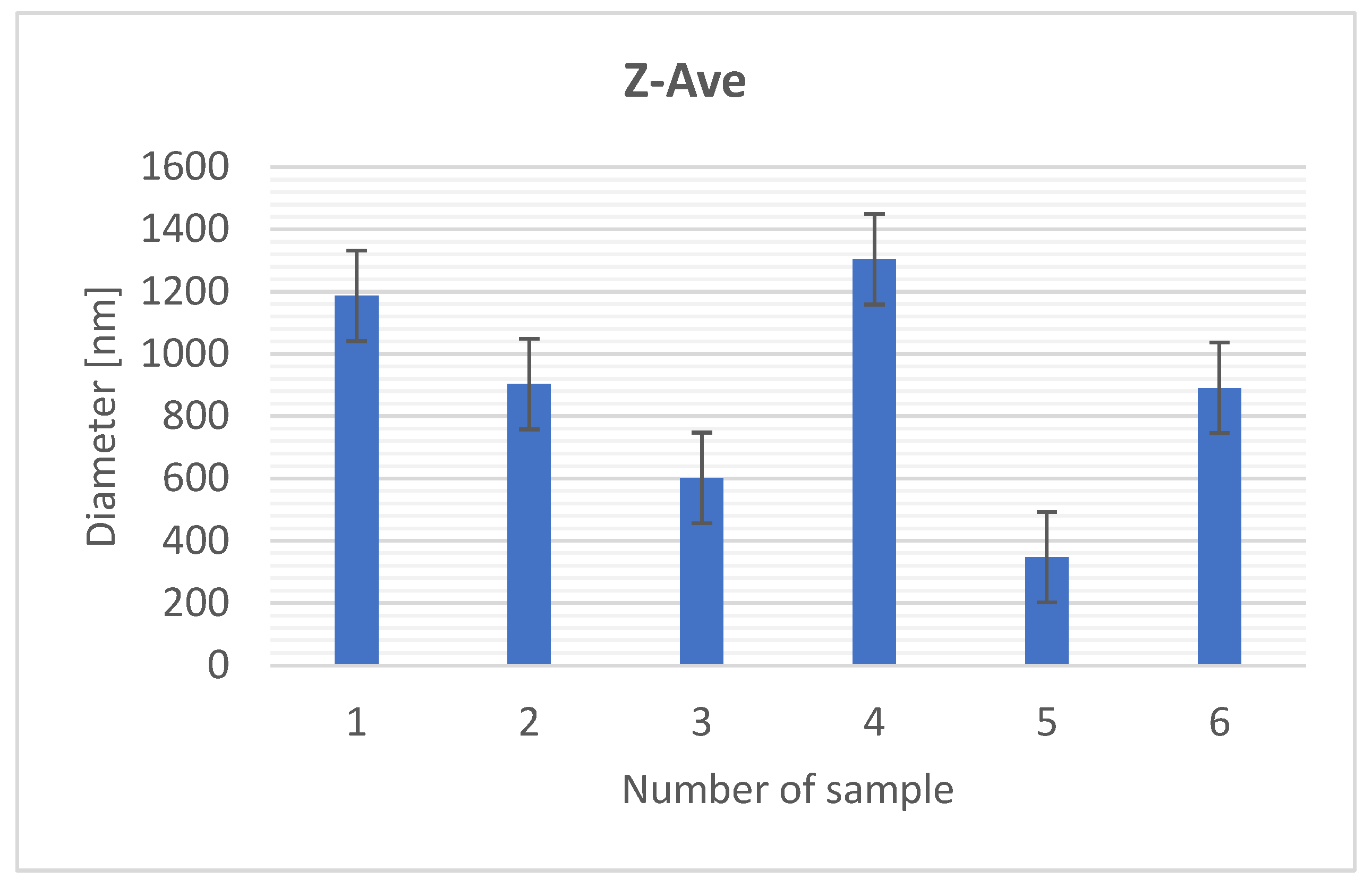
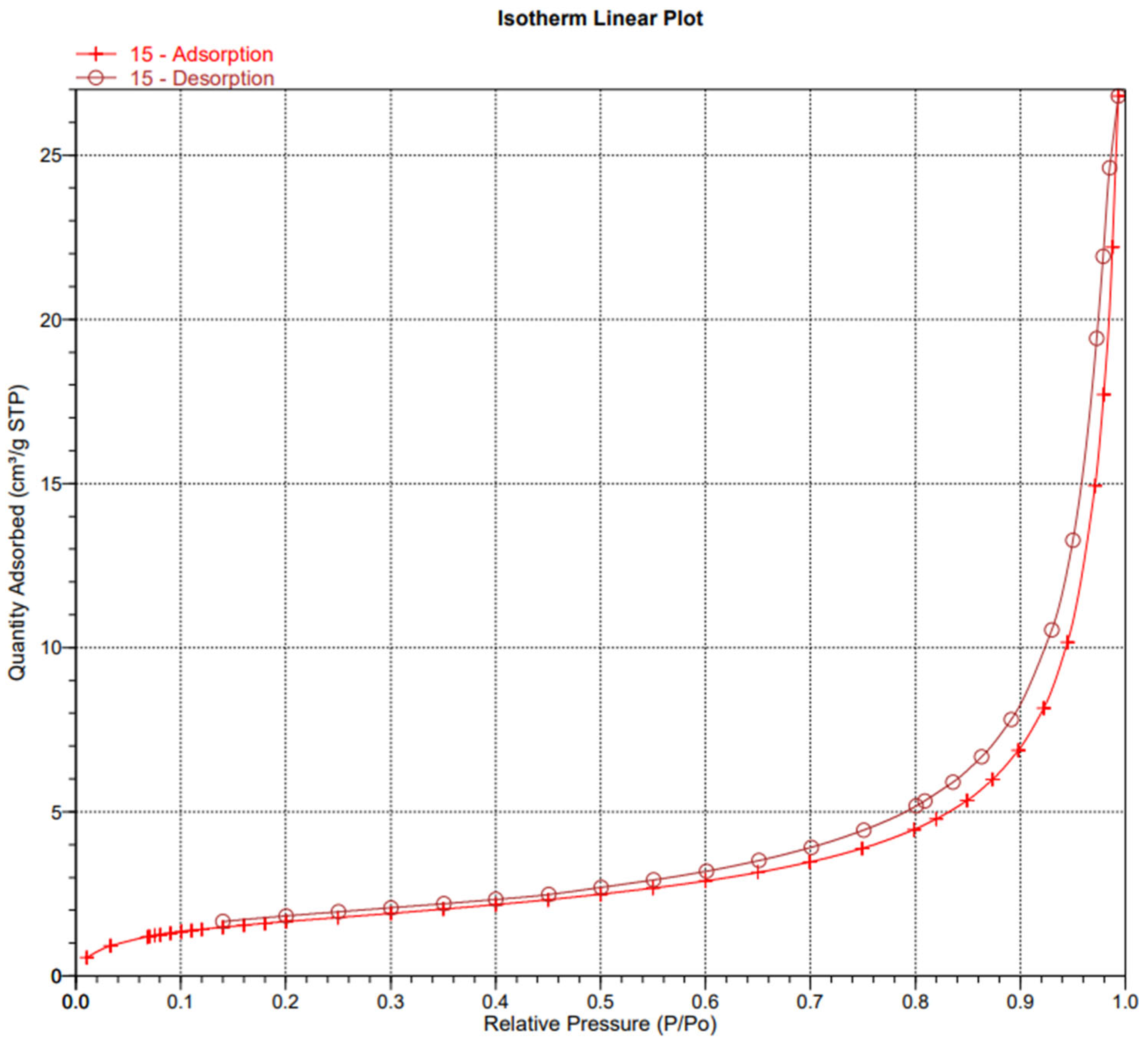

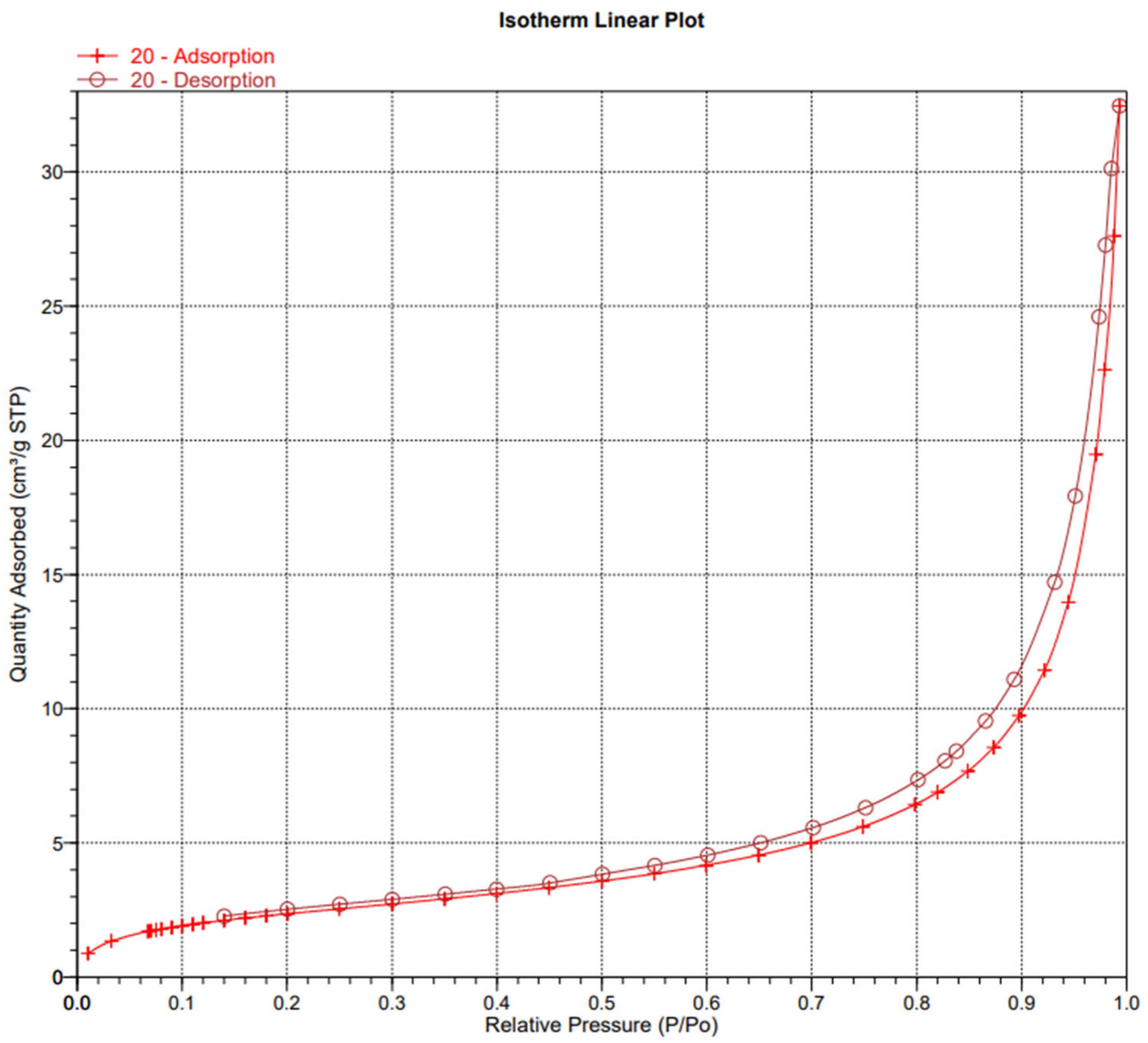

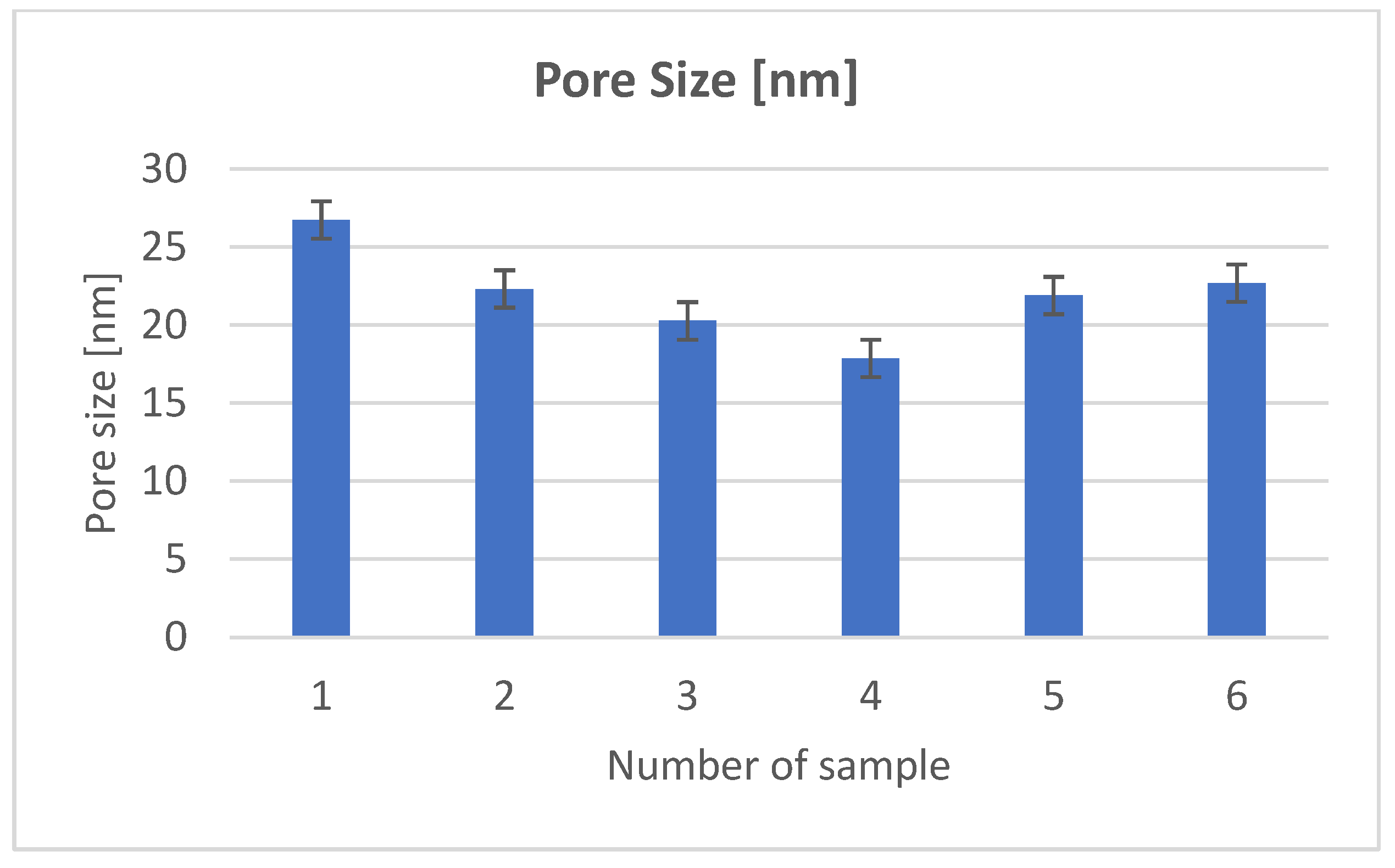
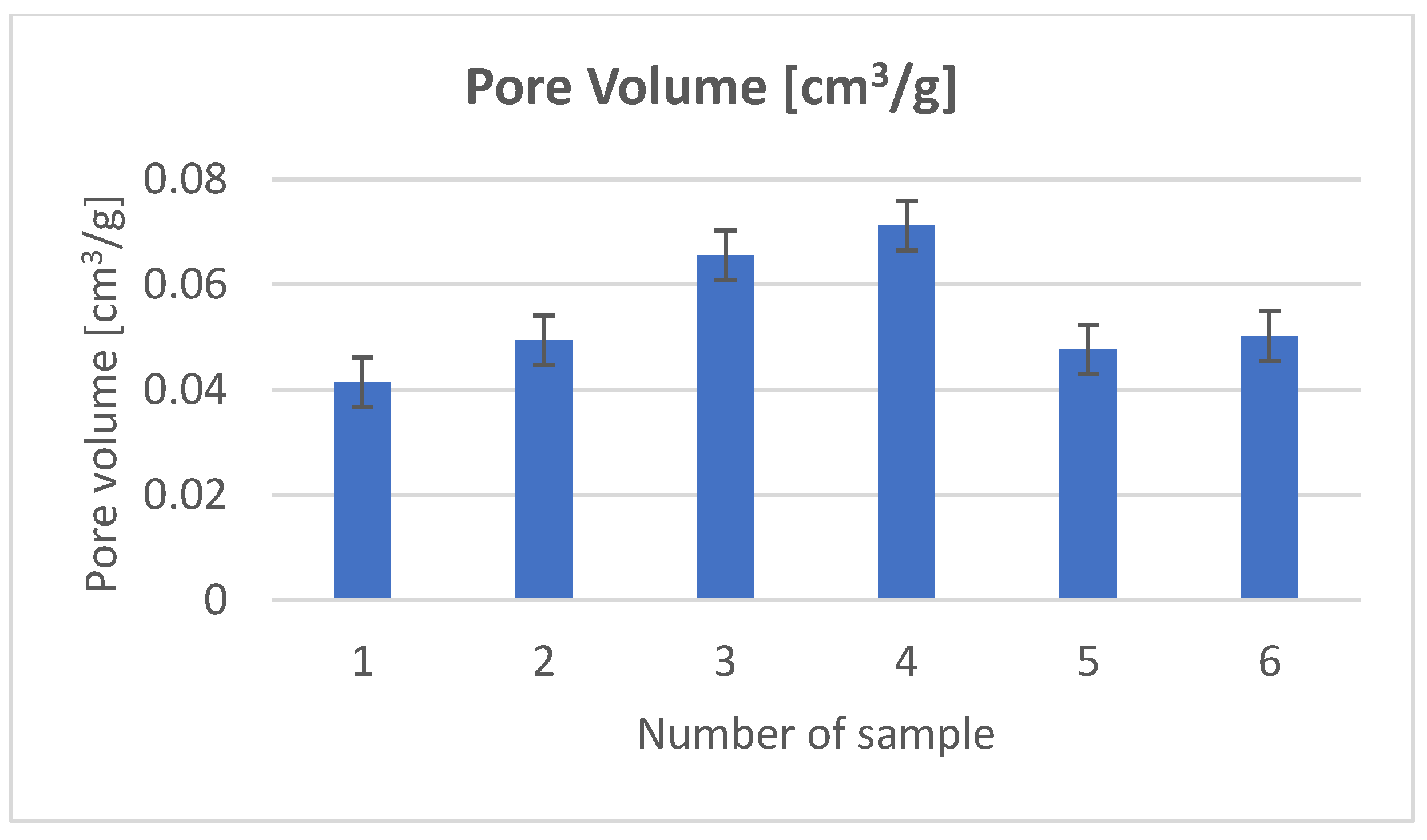

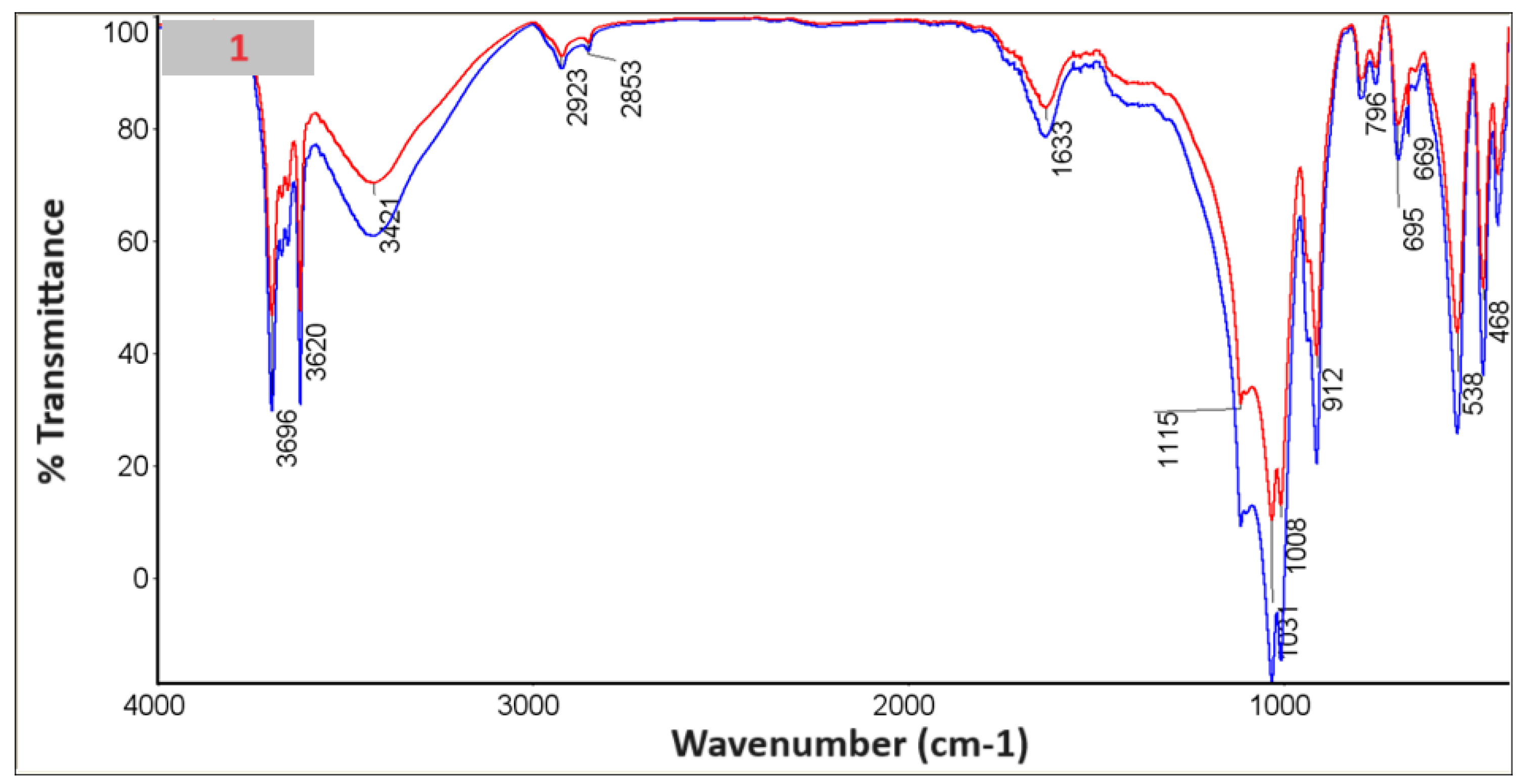
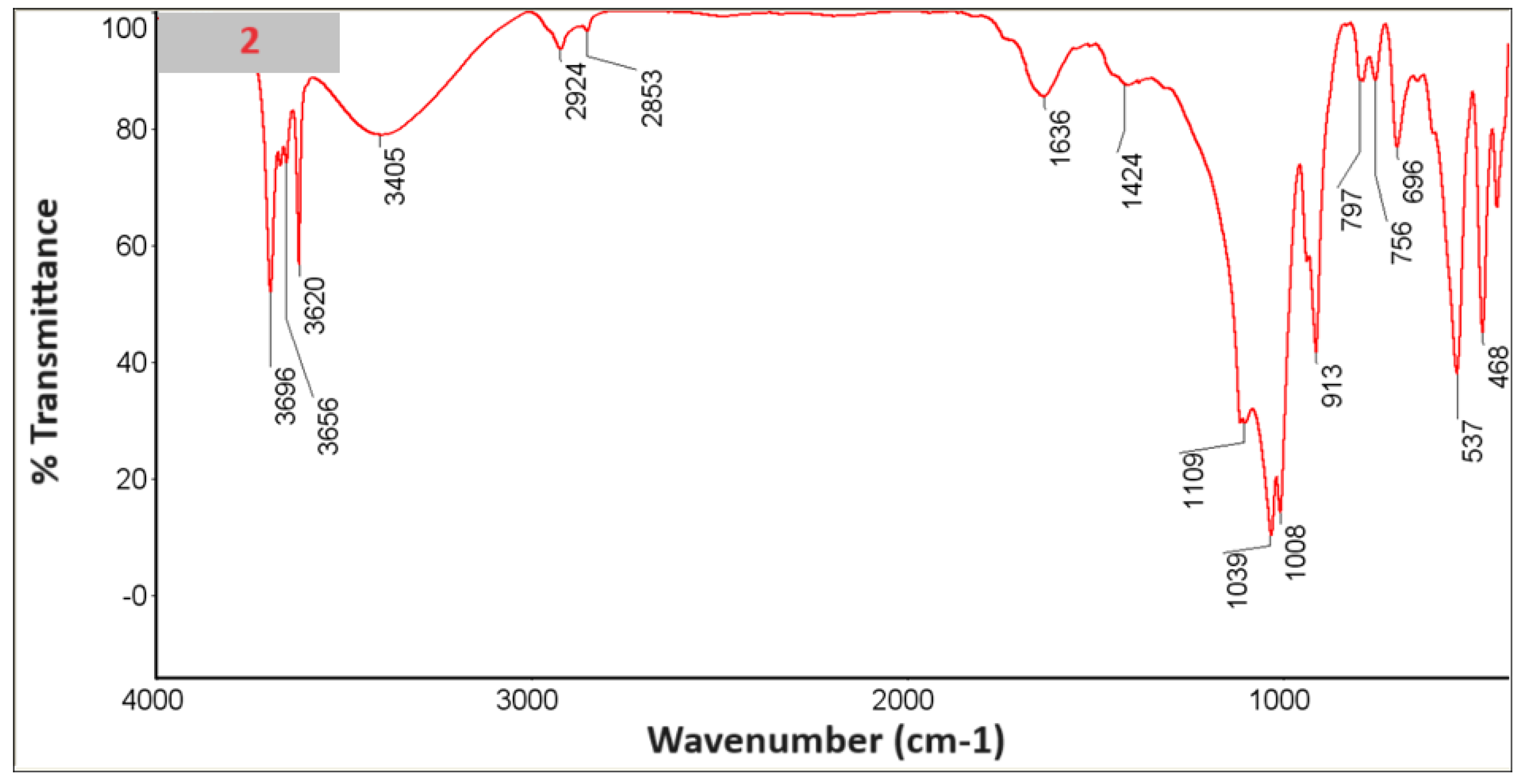

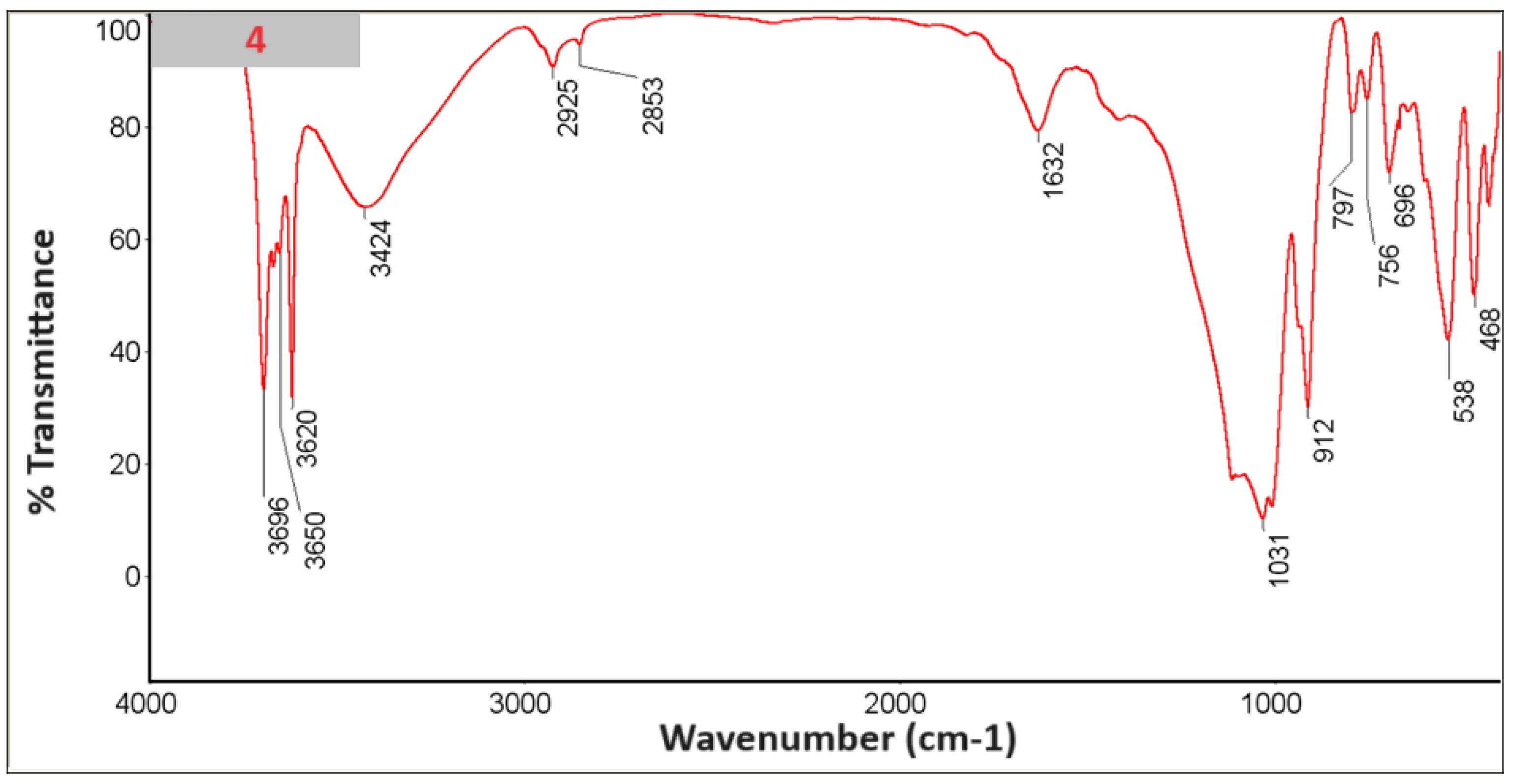
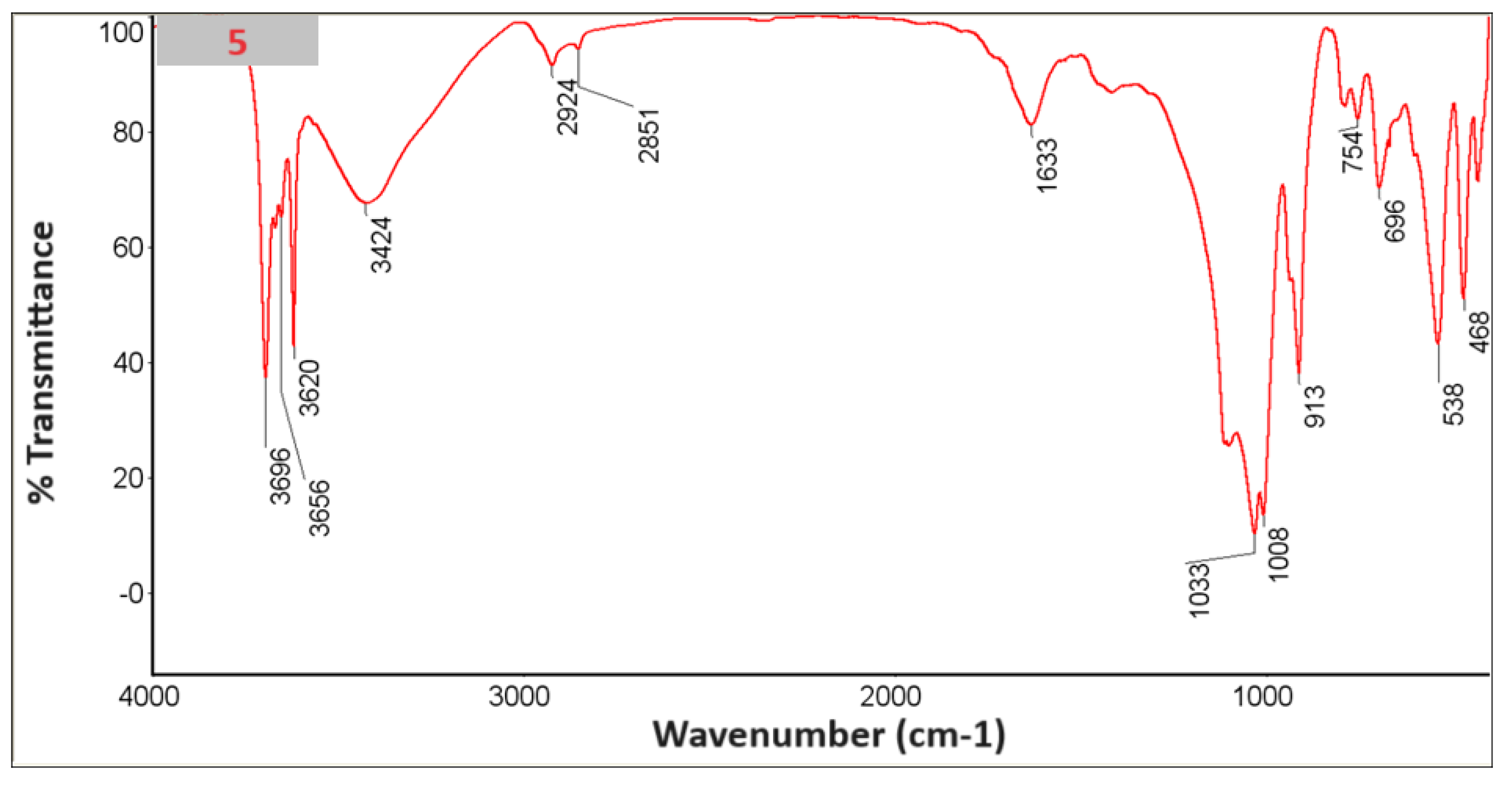
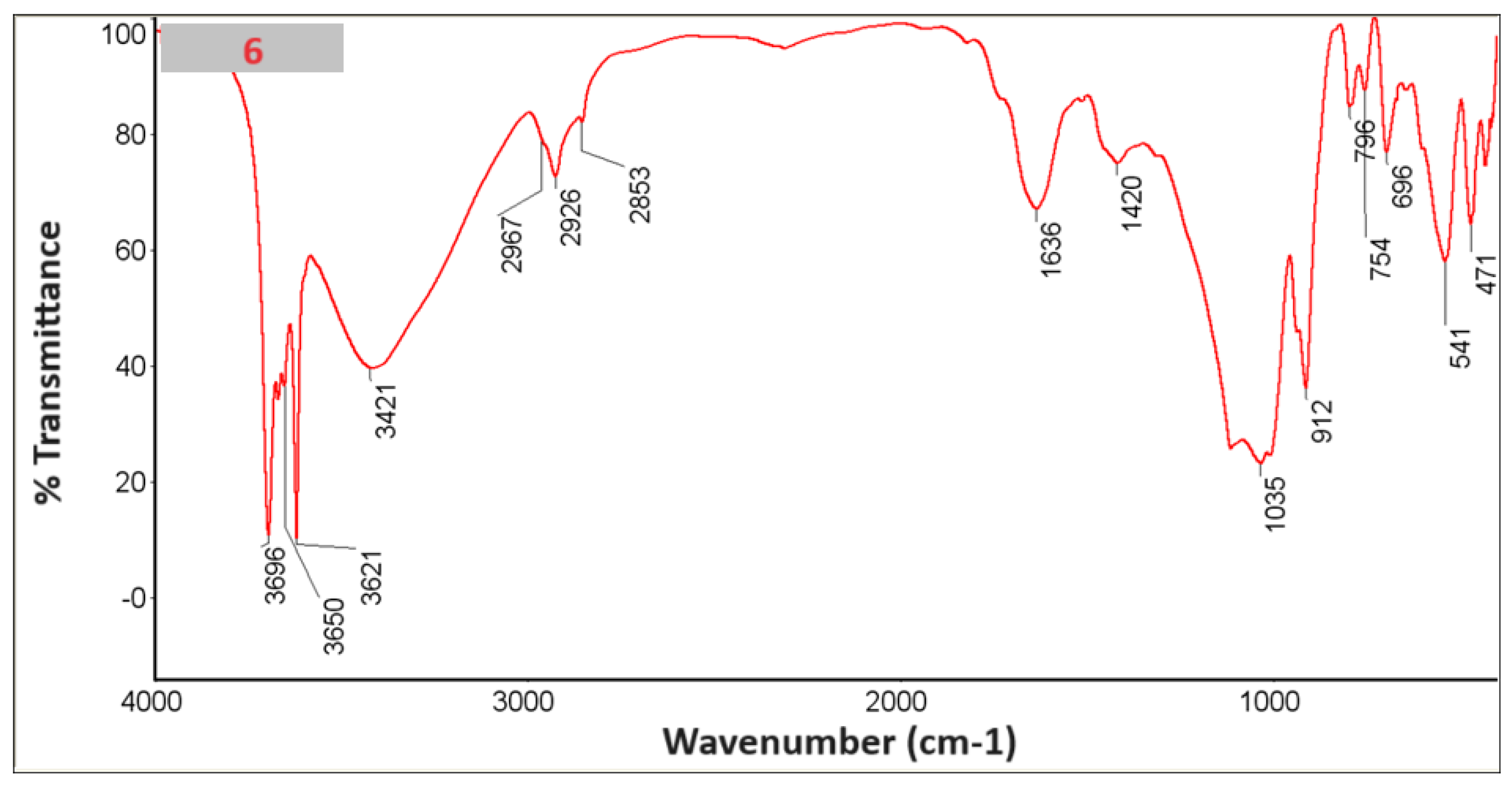

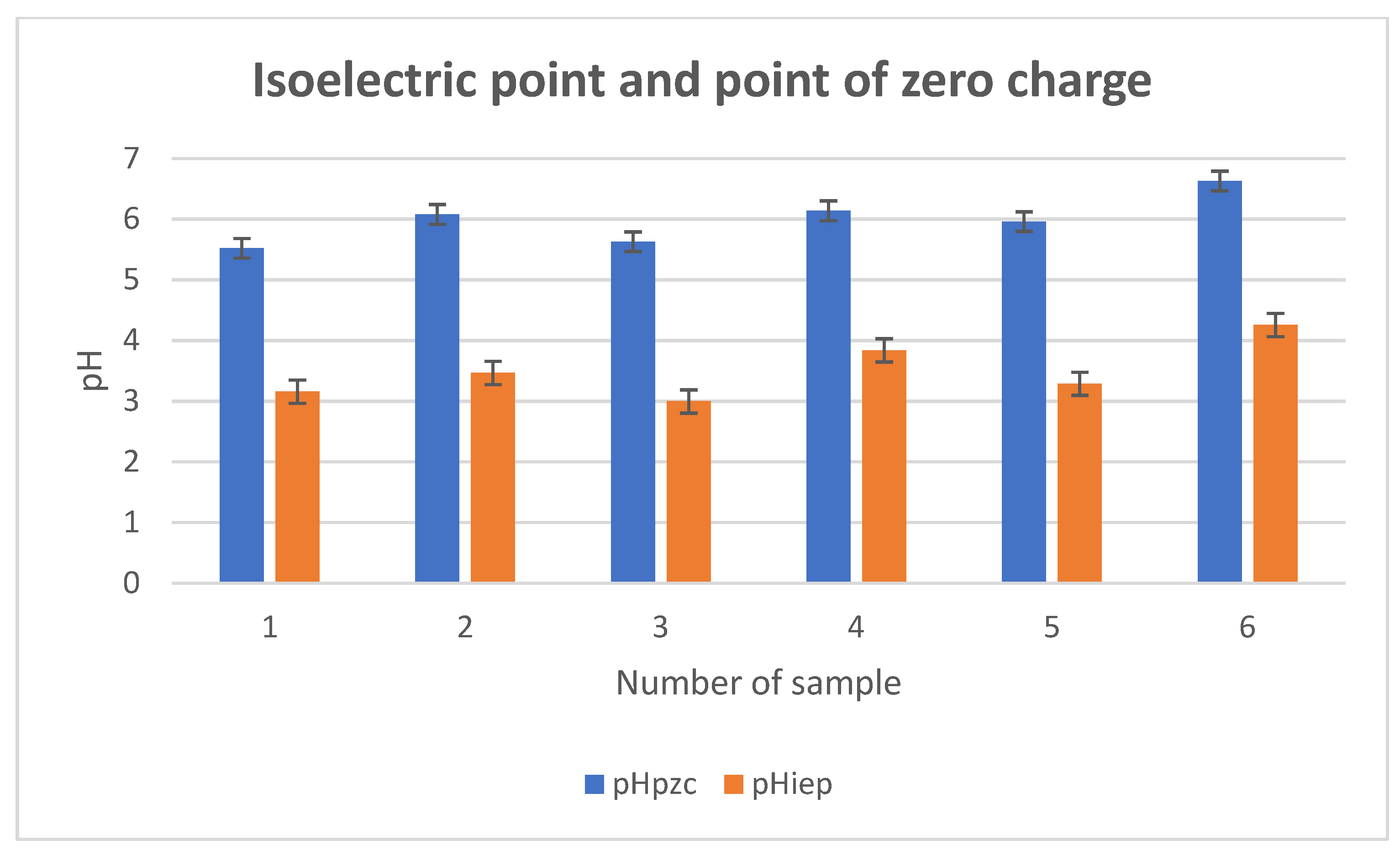
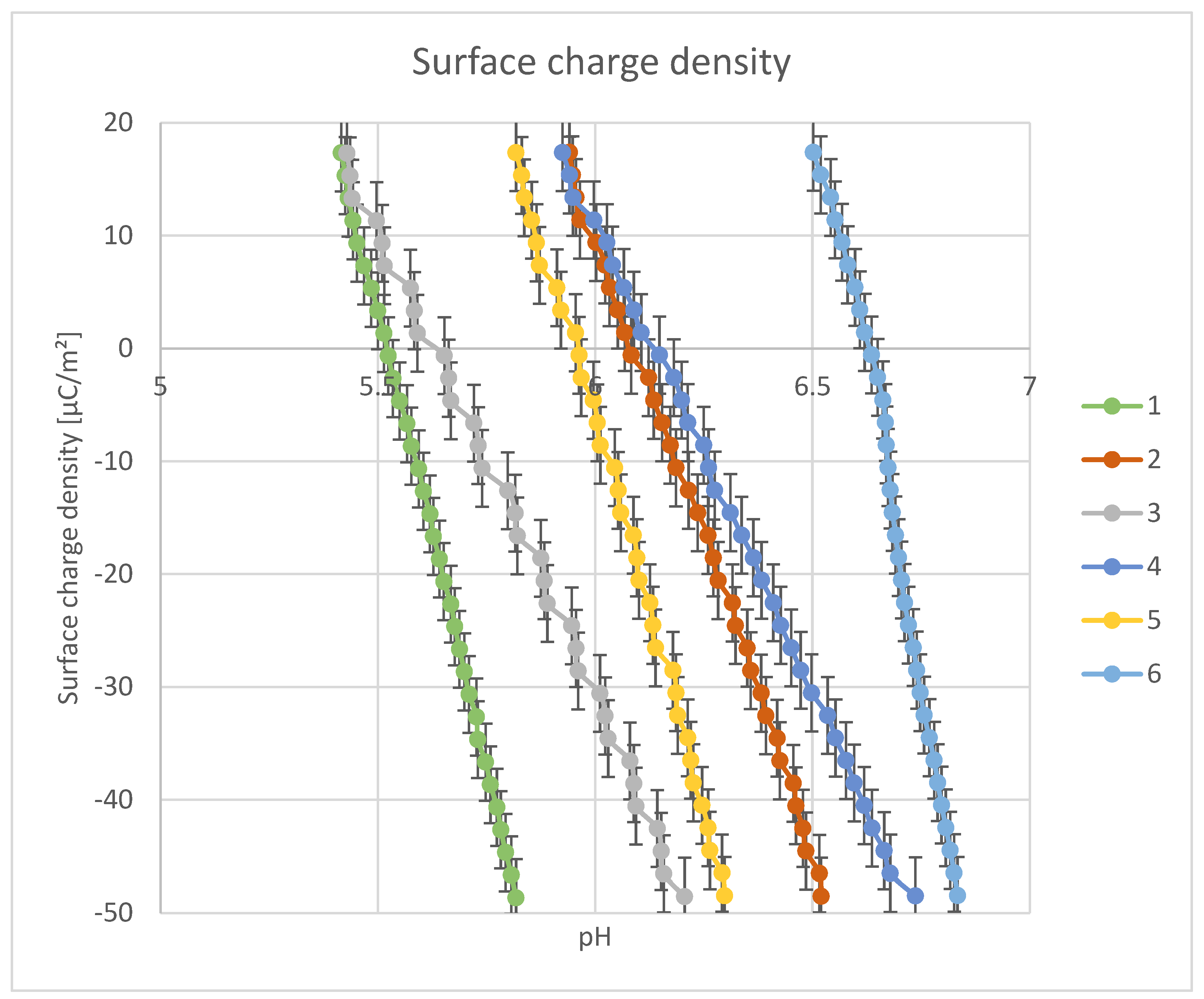
| Sample | Yellow Clay [%] | Hydroxyapatite [%] | Silica [%] | TiO2 [%] | ZnO [%] | Clitoria ternatea L. [%] |
|---|---|---|---|---|---|---|
| 1 | 70 | - | - | - | - | 30 |
| 2 | 65 | 5 | - | - | - | 30 |
| 3 | 67 | - | 3 | - | - | 30 |
| 4 | 62 | 5 | 3 | - | - | 30 |
| 5 | 62 | 5 | - | 3 | - | 30 |
| 6 | 62 | 5 | - | - | 3 | 30 |
| Wave Number [cm−1] ~ | Type of Vibration | Component | 1 | 2 | 3 | 4 | 5 | 6 |
|---|---|---|---|---|---|---|---|---|
| 3696 3653 3620 | Al–O–Hstr | Kaolinite clay [17] | ||||||
| 1115 1031 | Si–Ostr | |||||||
| 912 | Al–Al–OHstr | |||||||
| 796 | Al–Mg–OHstr | |||||||
| 755 | Si–O–Alstr | |||||||
| 696 | Si–Ostr, Si–O–Alstr | |||||||
| 541 | Si–Ostr, Si–O–Alstr | |||||||
| 471 | Si–Ostr | |||||||
| 1628 1421 | −C=C– in the structure of α, β unsaturated ketone, aromatic ring of phenolic and carbonyl group | Clitoria ternatea L. [19] | ||||||
| 1047 | Aromatic ring C–H distortion | |||||||
| 1648 1455 1417 | Carbonatestr | Hydroxyapatite [20] | ||||||
| 1091 1042 | Phosphatestr | |||||||
| 472 | Phosphatestr | |||||||
| 910 | Si–Ostr | SiO2 [21] | ||||||
| 800 | Si–Ostr | |||||||
| 692 | Si–O–Sistr | |||||||
| 469 | O–Si–Odef | |||||||
| 798 690 | Ti−O−Ti and Ti−O−Cbonds | TiO2 [22] | ||||||
| 2920-850 | Adsorbed on the ZnO nanoparticles | ZnO [23] |
Disclaimer/Publisher’s Note: The statements, opinions and data contained in all publications are solely those of the individual author(s) and contributor(s) and not of MDPI and/or the editor(s). MDPI and/or the editor(s) disclaim responsibility for any injury to people or property resulting from any ideas, methods, instructions or products referred to in the content. |
© 2025 by the authors. Licensee MDPI, Basel, Switzerland. This article is an open access article distributed under the terms and conditions of the Creative Commons Attribution (CC BY) license (https://creativecommons.org/licenses/by/4.0/).
Share and Cite
Kowalska, K.; Skwarek, E. Physicochemical Analysis of Composites Based on Yellow Clay, Hydroxyapatite, and Clitoria ternatea L. Obtained via Mechanochemical Method. Materials 2025, 18, 3011. https://doi.org/10.3390/ma18133011
Kowalska K, Skwarek E. Physicochemical Analysis of Composites Based on Yellow Clay, Hydroxyapatite, and Clitoria ternatea L. Obtained via Mechanochemical Method. Materials. 2025; 18(13):3011. https://doi.org/10.3390/ma18133011
Chicago/Turabian StyleKowalska, Klaudia, and Ewa Skwarek. 2025. "Physicochemical Analysis of Composites Based on Yellow Clay, Hydroxyapatite, and Clitoria ternatea L. Obtained via Mechanochemical Method" Materials 18, no. 13: 3011. https://doi.org/10.3390/ma18133011
APA StyleKowalska, K., & Skwarek, E. (2025). Physicochemical Analysis of Composites Based on Yellow Clay, Hydroxyapatite, and Clitoria ternatea L. Obtained via Mechanochemical Method. Materials, 18(13), 3011. https://doi.org/10.3390/ma18133011








